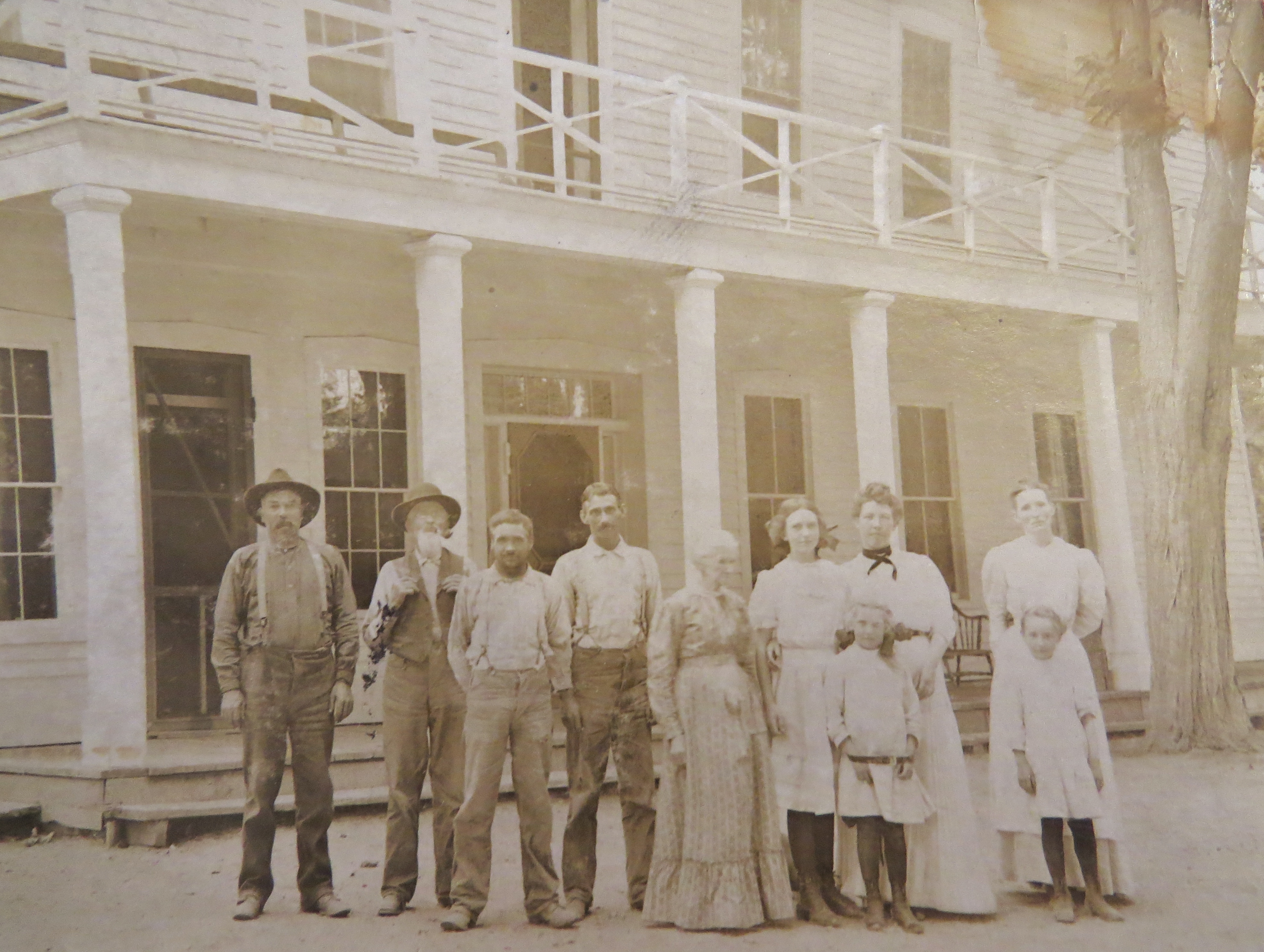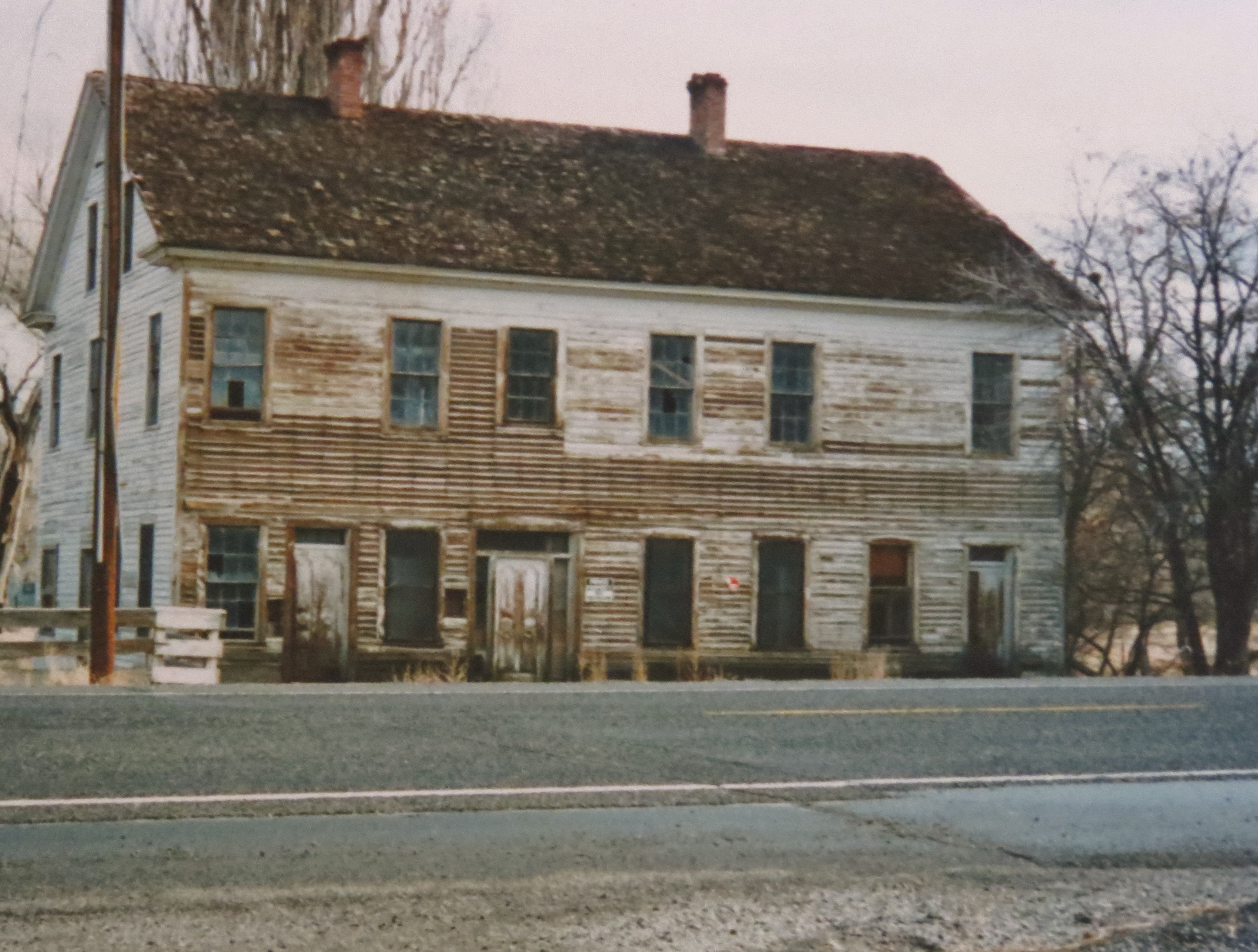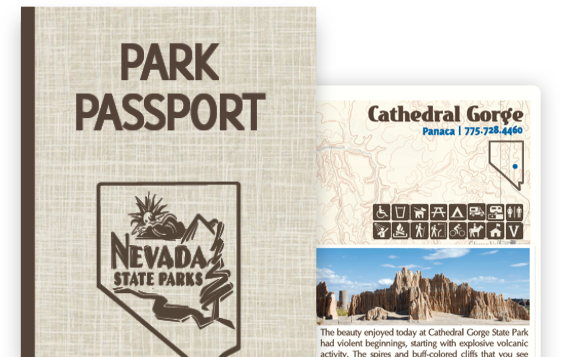History of Buckland Station
Samuel Buckland first moved west from Kirkersville, Ohio in 1850 with the California Gold Rush. In 1859 he purchased land near the Carson River in an area called Pleasant Grove. Soon his ranch became a stop for the Overland Stage and, in 1860, he developed a contract with Russell, Majors and Waddell to become a Pony Express stop. Also in 1860, he married Eliza Prentis. Together, they had eight children, only three of whom survived into adulthood.

Buckland sold fresh vegetables and other supplies, including barley, hay and cattle, to western emigrants and Fort Churchill staff during the 1860s.
When Fort Churchill was abandoned in 1869, it was sold at a public auction. Samuel Buckland bought all the buildings for $750. He used materials from the Fort to build a new ranch house in 1870. The new building served as a boarding house and a home for the Buckland family. Its 19 rooms included two parlors, a ballroom, a school room, teacher's quarters and seven bedrooms.
Eliza Buckland died on January 3, 1884, from an infection caused by a cut on her foot. About a year later, in failing health, Samuel Buckland sold his property and went to live with his son George in Dayton. He died three months later.
Samuel, Eliza and five of their eight children are buried in the Post Cemetery at Fort Churchill.
After the Bucklands' deaths in 1884, the property changed hands several times. Nathan and Amos Stinson kept the property until 1901. It was then sold to the Charles Kiser Cattle Company, which kept it for one year. When Mr. Kiser died, the property was sold to Lon and Charles Towle, who kept the ranch until 1917. Next, the D.C. Wheeler Company held the title for two years until 1920, when it was sold to the Garaventa Land & Livestock Company. In 1942, the property belonged to the First National Bank in Reno until it was purchased by Norman Biltz and E.L. Cord. Biltz and Cord then created a game management operation, the first in Nevada, called the Fort Churchill Shooting Club. Pheasants were brought in from California and released onto the property, but according to state law, only a percentage of them were allowed to be shot. In 1950, Biltz deeded the property to Mary and John Nash (his daughter and son-in-law). Next, Frank Ghiglia bought the property and kept it for 31 years.

The property surrounding Buckland Station was sold to Nevada State Parks in 1997, with the building included in the deal. Renovation began as a joint effort between the Nevada Division of State Parks and Nevada Department of Transportation in 1999.



